#writertips
Explore tagged Tumblr posts
Text
How to write (food) Anaphylaxis
(Sorry for the formatting, was having issues with it.)
This is from my personal experience with Anaphylaxis, which is a type of allergic reaction that is deadly if not treated with epinephrine.
Okay, so if you have a character with Anaphylaxis, first of all you obviously need to have a cause for this reaction or an allergy.
So, let’s say this character is anaphylactic to shrimp. These are the main stages of anaphylaxis and of course, symptoms can vary person to person. I’m basing these symptoms off of my own personal experience with food anaphylaxis.
Stage 1:
Rash, itching, swelling, hives, stomach cramps or nausea. If you’re writing about a character having a reaction like this, you can use multiple of these.
Your character will/could get a red rash on their skin, especially around the area that the allergen came in contact with. For example, if you’re anaphylactic to bee stings, the area around the sting would be especially red/itchy with hives or swelling. Another example, if they’re anaphylactic to a certain food that they ate, their lips, tongue, chin and mouth would swell/ get hives or a rash. (Swelling on lips and tongue is more of a stage 2 of anaphylaxis, but I decided to include it here.)
I’m unsure if this is the same for people who don’t have food anaphylaxis, but immediately after they consume a food they have anaphylaxis to, they could start getting intensely painful stomach cramps, and/or nausea.
NOTES: Most, if not all anaphylaxis reactions happen pretty much immediately after coming into contact with the allergen. At most, it’ll take ten minutes for a reaction but that happens rarely. Stage 2:
Non-stop vomiting, ( When this happened to me I literally vomited until only bile came up ) As much as someone might think vomiting up food when you’re having an anaphylactic reaction will help, it doesn’t. Because your body already started having the reaction, it will continue even if the allergen is out of your system.
More widespread rash/swelling Stage 3:
Dizziness, shortness of breath, extreme swelling, difficulty breathing. At this point, the character will literally start to feel their throat closing up, and if they weren’t panicked before they surely would be now. Stage 4:
Inadequate blood flow to vital organs, not enough oxygen in the blood that does make it to those organs, the character will end up passing out and will die if not treated with an EpiPen or taken to a hospital.
Proper EpiPen insertion -
Take out of protective casing
Pull off blue cap
Aim red tip towards the outside of the character’s thigh, and stab it in (harshly) while pressing the button on the top and hold it there for atleast 10 seconds.
Call 911
NOTES & LONG - LASTING EFFECTS
Most people with diagnosed anaphylaxis will know to keep an EpiPen on them at all times, and know how to administer it as well as the signs of a reaction.
Anaphylaxis if treated early will not really give any long term effects.
If a character has had an allergic reaction when they were a child, or were traumatized by it they may develop anxiety or PTSD from this. Some people who have food anaphylaxis might develop EDs from this.
#writing#writingtips#writer#fanfiction#writertips#writers on tumblr#writingadvice#ao3#writing advice#ao3 writer
9 notes
·
View notes
Photo
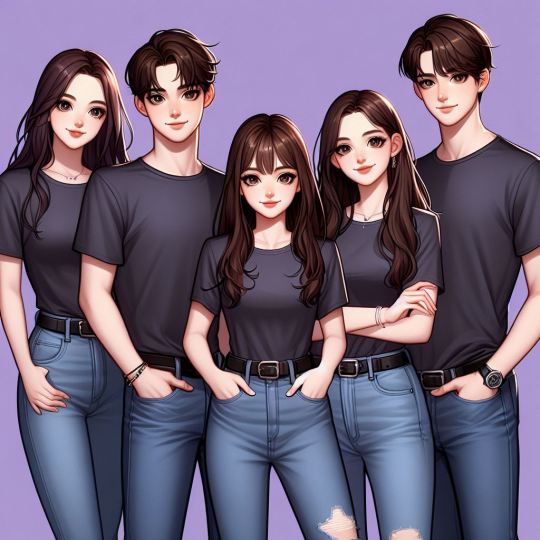
(via Siblings in Fiction)
23 notes
·
View notes
Photo

(via Writing About Substance Abuse in Your Fiction)
7 notes
·
View notes
Text
writing tips
2 notes
·
View notes
Photo
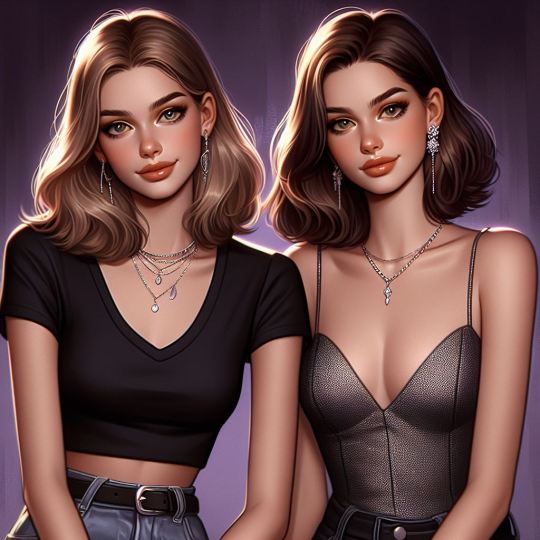
(via Siblings in Fiction)
7 notes
·
View notes
Photo

(via How To Create Believable Friendships in Your Fiction)
3 notes
·
View notes
Text
For self-published authors, choosing a specific niche is vital for success. This approach helps you genuinely connect with ideal readers, significantly boosting your book's discoverability and making marketing efforts more targeted and effective. You find your niche by analyzing your book, researching similar titles, and leveraging keyword tools. Once identified, consistently writing within that niche, engaging with its community, and tailoring your marketing allows you to become a go-to author, building a loyal readership and a sustainable career.
#self publishing#book publishing#book publishers#authors#publishing#publish a book#books#WritingCommunity#AuthorLife#BookMarketing#WriterTips#PublishingTips#BookNiche
0 notes
Text
How to Write an Assassain
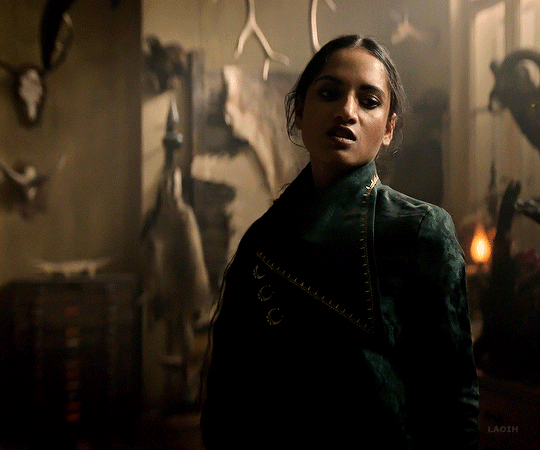
ORIGIN: Where do they come from? What lead them to do this?
Slums, noble houses, temple, war-torn, secret guild, forced
TRAINING: Who trained them?
Self-taught, Raised by guild, personal tutor
WHY:
Money - mercenary-type assassin
Revenge – personal vendetta
Loyalty – to a king, religion, order
Thrill – sociopathic or chaotic
Redemption – they believe they’re killing for the greater good
WEAPONS:
Daggers, needles, poison, bow, magic
LOOKS:
Non-discript?
Flashy and theatrical?
MORALS:
will they kill children, innocents, friends
do they feel guilt
how do they justify what they do
You can show this through:
Internal monologue
Conversations with a close confidante or a reluctant apprentice
Flashbacks to trauma, betrayal, or regret
WEAKNESSES!:
Physical: an old injury, poor eyesight, chronic pain
Emotional: PTSD, trust issues, fear of abandonment
Situational: allergic to silver, magic doesnt work on them
CONFLICT:
being hunted
fall in love with target
want to stop
dont want to kill target
0 notes
Text
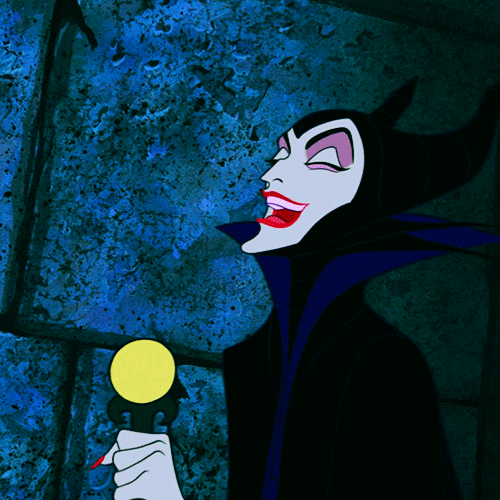
I like this, especially the ironic villain tip.
Crafting a Villain - Some Quick Tips
1) Give them a relationship or connection to your protagonist. Voldemort is quite literally connected to Harry magically. Katniss becomes a symbol of hope, threatening the control Snow has over the Districts.
2) Let them evoke emotion in your reader. Whether it’s anger, laughter, or sadness… a villain's actions and how they affect your protagonist can warrant an emotional response from the reader. Think about all the times you may have felt anger because the villain gains the upper hand against the protagonist.
3) Make them relatable… or completely unhinged. The goal of your villain can make them relatable to your readers: are they acting out of revenge, self-hatred, sorrow, revenge, or fear? Humans can relate to all of those feelings. Or... are they just downright evil and otherworldly?
4) Their goal. What does your villain seek to obtain? Just like your protagonist, your villain should want or need something. This is why they exist in the story: to antagonize your protagonist and achieve their diabolical goal. Food for thought: Why do they have to be a 'villain' or 'evil' to obtain it? What made them that way?
4) Make them iconic. Most Disney villains are easily recognizable… whether it’s their outfit, voice, or personality. Consider giving your villain something that makes them notably unforgettable. A wardrobe, way of speaking, a quirk?
5) Think about the traits of your villain. What labels them as the villain? Selfishness, violence, insecurity, obsession, fear, ego, ignorance, entitlement? Or maybe they're just misunderstood.
6) Their backstory can make them believable. As the author, the more you understand and know about your villain's upbringing, the more convincingly evil or tactical you can write them.
Instagram: coffeebeanwriting
#writing tips and tricks#writing tips#writing advice#creative writing#writeblr#writing blog#how to write#writing help#writing fiction#authortips#authoradvice#writingtips#writers blog#writingblog#authorsblog#howtowrite#writingtipsandtricks#writerscommunity#writers community#writinghelp#writertips#writingfiction#fictionwriting#writing#writers#writing community#writers corner
1K notes
·
View notes
Link
The Little Things - Written Tales MagaDiscover beauty in 'The Little Things' by Kaval Naine. Submissions are open at Written Tales. Let your words shine! 🌟📝 https://writtentales.substack.com/p/the-little-things
#editorsofinstagram#poetrycontest#shortstorychallenge#literarymagazines#poetryprompts#micropoetryfeatures#zinesubmissions#magazinesubmissionswelcome#flashfictionmagic#getpublished#gowrite#poeticsoul#innervoice#writertips#indieauthorsofig#selfpublishing#shortpoems#writershelpingwriters#flashfictionprompt#literaturemagazine#shortstoryprompt#organizedwriter#poetrysubmissions#3amthoughts#poetrypage#writergram#writingpromptsforfun#terriblytinytales
1 note
·
View note
Photo

(via Writing Modern Historical Fiction)
8 notes
·
View notes
Photo

(via Writing Romance and Women's Fiction; Modern Historical and Contemporary)
7 notes
·
View notes
Photo
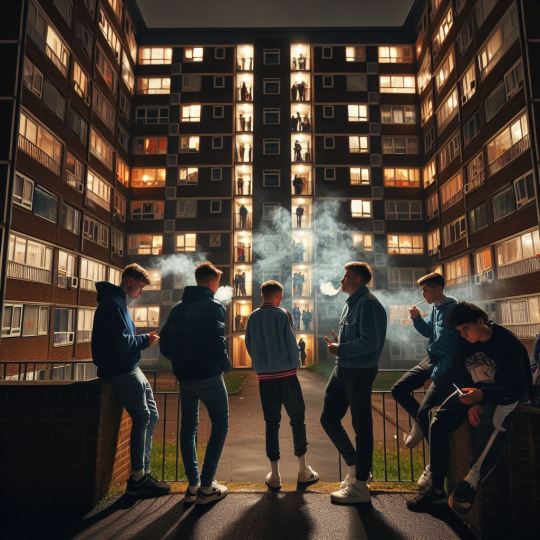
(via Writing About Substance Abuse in Your Fiction)
14 notes
·
View notes
Text
writing tips
0 notes
Photo
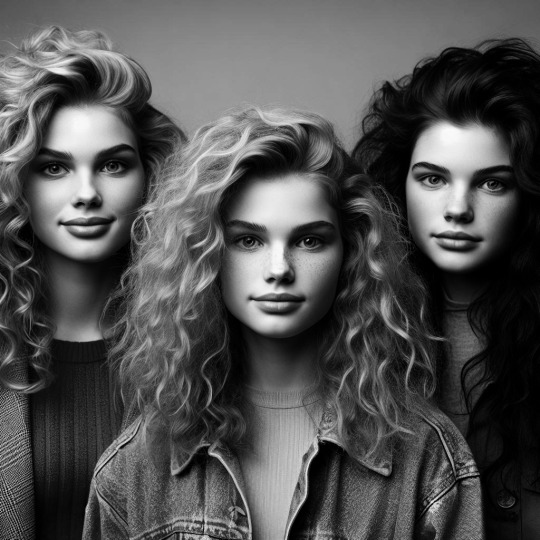
(via Creating Believable Characters)
#new adult#writing fiction#readers#authors#new adult fic#new adult fiction#characters#fiction#writertip#writetip
10 notes
·
View notes
Text
Using Foreshadowing in Fiction
Using Foreshadowing in Fiction #WritingCommunity #WriterCommunity #Write #WritingTips #Tips #WriterTips #Foreshadowing #LiteraryTechniques
Hi everyone! I hope you’re all well. Today, I’ll be exploring the art of foreshadowing – because it is an art, really isn’t it? I mean, not everyone can do it, at least not well. I know it’s something I struggle with periodically. Anyway, let’s jump in. Using Foreshadowing in Fiction What is Foreshadowing?Foreshadowing is a literary technique sometimes used in weaving compelling, intricate,…
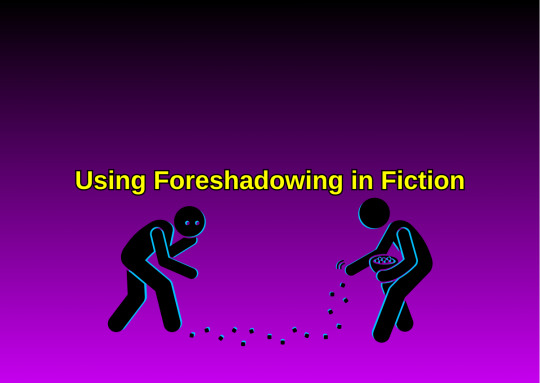
View On WordPress
3 notes
·
View notes